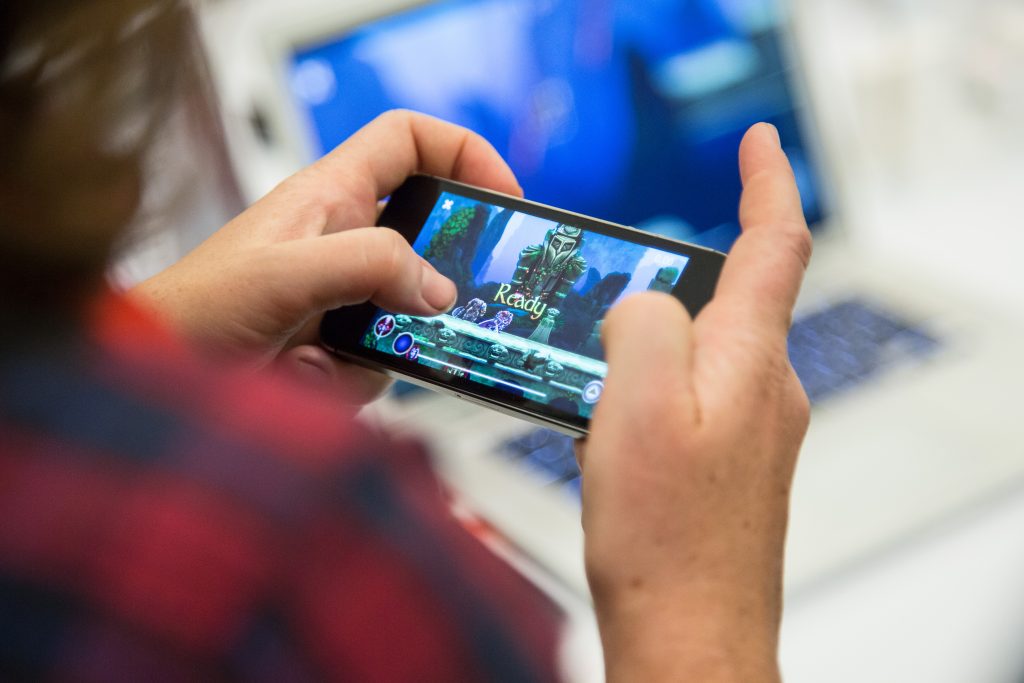
You know that re-engagement is critical for the success of your app; it’s what turns users into paying customers, increases the lifetime value of the users you work so hard to acquire, and generates revenue for your app. But have you ever wondered exactly how re-engagement measurement works — and why one partner might get credit for it, while another not?
Understanding the inner workings can make you a better marketer because you’ll know what qualifies as re-engagement, how to tell which partners drive the most of it, and how to explain the process to a partner who wants to know why they didn’t get credit for a re-engagement event.
Where re-engagement fits in the app lifecycle
In the app lifecycle, here’s where re-engagement sits:

For clarity’s sake, here’s how we define each section:
- New user acquisition campaigns: Marketing campaigns to attract new users, where the goal is to drive users to download your mobile app.
- Acquisition: The installation of your mobile app; the user is acquired.
- Engagement: When a user opens your mobile app and interacts with it, after which they leave or close the app. Engagement can be organic (users engage for their own reasons) or promoted (when a user is enticed to engage through an ad).
- Re-marketing / re-targeting campaigns: Marketing campaigns to attract existing users. The goal is to re-engage existing users and drive more interaction with your mobile app.
- Re-engagement: Our focus today. The interaction with or completion of an event within your app. The subtle difference between engagement and re-engagement is that re-engagement happens when a user interacts with a re-marketing campaign, whereas engagement can occur without any re-marketing if a user simply decides to open your app. A partner who is promoting a re-engagement campaign deserves credit for re-engagement, and that’s why it’s important to measure accurately.
How measuring re-engagement works
We’re going to get a little technical for a second, but it’s worth it for understanding the scenarios in which re-engagement would count (or not). There are two main buckets for measuring whether re-engagement occurs:
- Comparing the date and time of the event / open request with the data and time of the click (this occurs when the event is attributed via click-through attribution)
- Comparing the date and time of the event / open request with the data and time of the impression (this occurs when the event is attributed via view-through attribution)
Here’s how this might look in the real world, assuming a seven day re-engagement window.
Scenario 1.
Events that takes place within seven days after the initial attribution of the re-engagement event are linked to the re-engagement. So in the table below, Partner 100 led to not only an immediate app open after a user clicked on an ad, but two days later the user made a purchase — so Partner 100 gets credit for both since it was within seven days.

Scenario 2. When events happens after the re-engagement window, they are still technically linked to the re-engagement partner serving the ads, but it doesn’t count as re-engagement since it’s outside the window (why you see re-engagement marked to “no” below). So while Partner 100 may have been the most recent partner to trigger a purchase from an ad click, because it’s outside of the seven-day window, Partner 100 doesn’t get credit for that particular re-engagement event.

Scenario 3. Even if there is another open within the re-engagement window that wasn’t caused by another ad click or impression, it still counts as re-engagement along with all other events, since the original click is likely what led to the second open. In the table below, Partner 100 gets credit for two events because all relate back to that first click within seven days.

Scenario 4. In a longer scenario with the advertiser running re-marketing campaigns with multiple partners (as is typical) when a new partner interacts with the user, subsequent events are attributed to the latest partner instead. So whichever ad a user clicks on most recently, that partner is the one who gets credit for following re-engagement events.

How to notify your advertising partners of re-engagement events
Now that you have a good idea why re-engagement is attributed (or not), you’re going to want to let your advertising partners know as well. Letting them in on this will help them be better partners for you because they’ll be able to record accurate lifetime value metrics. For example, even if a re-engagement event happened outside of the seven-day window, letting them know it still happened will allow them to gauge the effectiveness of their ad placements, redefine their strategy, and give them a more transparent picture of what’s really going on. Below are a few steps to set up your partner notifications:
- Set up your postback URLs. These will notify partners who drive re-engagement events.
- Decide whether to send data for just that one partner or all. You can choose whether you want to send partners re-engagement events attributed just to them, or whether you want to send all events from all partners, organic methods, and so on.
- Decide whether to send data for just the re-engagement window or all. You can choose whether to send events that occur inside the re-engagement window, or to send events that occur both inside and outside the re-engagement window.
How to get started
Of course, all of this is available within the TUNE Marketing Console. If you use another attribution provider, check with them to make sure you have all the options above for measuring re-engagement and notifying partners. It’s an important part of your mobile marketing puzzle that will help you understand how effective your advertising and partners are at re-engaging users, driving revenue, and increasing the lifetime value of every user you acquire.
To learn more, sign up for a demo of TUNE Marketing Console today.
Author
Becky is the Senior Content Marketing Manager at TUNE. Before TUNE, she handled content strategy and marketing communications at several tech startups in the Bay Area. Becky received her bachelor's degree in English from Wake Forest University. After a decade in San Francisco and Seattle, she has returned home to Charleston, SC, where you can find her strolling through Hampton Park with her pup and enjoying the simple things between adventures with friends and family.




Leave a Reply
You must be logged in to post a comment.